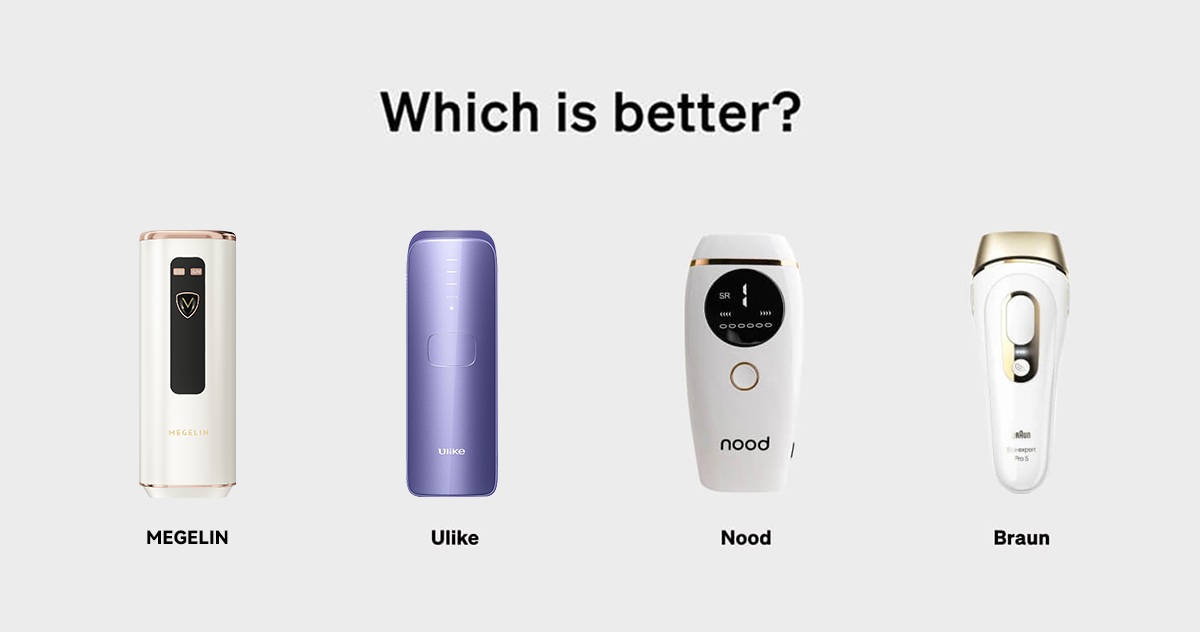
10 Symptoms of EMF Sensitivity You Need to Know About
2MegelinIn today's wireless world, the invisible waves of electromagnetic fields (EMF) surround us constantly. While many people go about their daily lives unaffected, some individuals experience EMF sensitivity, a condition that can have a significant impact on their well-being. This heightened reaction to electromagnetic radiation has become a growing concern as our reliance on electronic devices and wireless technologies continues to increase.
Understanding the symptoms of EMF sensitivity is crucial for those who suspect they might be affected by this condition. From physical discomfort to cognitive challenges, the signs can vary widely among individuals. This article aims to shed light on ten key symptoms of EMF sensitivity, helping readers to recognize potential indicators and take steps to protect themselves from excessive EMF exposure. By exploring these symptoms, we'll provide valuable insights into this often misunderstood condition and offer guidance on EMF radiation protection strategies.
Understanding EMF Sensitivity
Electromagnetic hypersensitivity (EHS) is a condition where individuals attribute non-specific symptoms to electromagnetic fields (EMF) exposure [1]. Common symptoms include headaches, sleep disturbances, and tinnitus [2]. Despite its impact on sufferers' lives, EHS lacks objective diagnostic criteria and relies on self-attribution of symptoms to EMF exposure [2].
The prevalence of EHS varies across countries and years. For instance, it ranges from 1.5% in Sweden to 13% in Taiwan [2]. However, scientific evidence does not support a link between these symptoms and EMF exposure [3]. Provocation trials have shown that individuals claiming EHS cannot distinguish between real and sham EMF exposure [1].
The World Health Organization recommends clinically evaluating EHS claims to rule out alternative diagnoses [1]. Some experts suggest that the nocebo effect, where negative expectations lead to perceived symptoms, might explain EHS [2]. Cognitive behavioral therapy and managing comorbid psychiatric disorders may help in addressing the condition [1].
Physical Symptoms of EMF Sensitivity
Individuals with electromagnetic hypersensitivity (EHS) often experience a range of physical symptoms. These symptoms can vary in intensity and frequency, but they typically manifest when exposed to electromagnetic fields (EMFs). Common physical symptoms include headaches, skin problems, and fatigue.
Headaches are one of the most frequently reported symptoms among EHS patients. Studies have shown that the vast majority of electrohypersensitive individuals experience headaches when in contact with electromagnetic sources [4]. These headaches may be a variant of migraine disease and could potentially be treated as such [4].
Skin-related issues are another prominent physical symptom. Some individuals report sensations such as itching, burning, or dryness, particularly after working with video display units [5]. In some cases, objective symptoms like redness or dryness may also be observed [5]. The skin, being the outermost layer of the body, is easily exposed to environmental factors, including electromagnetic waves [6].
Fatigue is also commonly reported by those with EMF sensitivity. In one study, tiredness was among the symptoms with intensities greater than or equal to five out of ten in 75% of the patients studied [4]. This persistent fatigue can have a significant impact on daily life and overall well-being.
Cognitive and Emotional Symptoms
EMF sensitivity can affect cognitive functions and emotional well-being. Studies have shown that exposure to electromagnetic fields may impact brain function, potentially leading to attention and concentration difficulties [7]. Individuals who use mobile phones for extended periods may experience poorer performance on neurocognitive tests, particularly those evaluating attention [7].
Research has also suggested that EMF exposure could impair spatial learning and reference memory in animal studies [8]. These cognitive deficits may be associated with morphological disturbances in the hippocampus, a brain region crucial for learning and memory [8].
Emotionally, EMF sensitivity has been linked to symptoms such as anxiety, depression, and irritability [9]. Some studies have reported that chronic exposure to electromagnetic fields may lead to burnout syndrome, characterized by weakness, insomnia, and mental distress [9]. These effects might be due to stress responses induced by EMF exposure or alterations in brain chemistry [9].
Conclusion
The exploration of EMF sensitivity sheds light on a complex and often misunderstood condition. While scientific evidence doesn't fully support a direct link between EMF exposure and reported symptoms, the impact on those who experience these effects is real and significant. Understanding the range of physical, cognitive, and emotional symptoms associated with EMF sensitivity is crucial to address the concerns of affected individuals and to develop strategies to manage their symptoms.
Moving forward, it's essential to continue research in this area to better understand the underlying mechanisms and potential treatments for EMF sensitivity. While the debate around the condition's validity persists, acknowledging the experiences of those affected and providing support remains important. By raising awareness and promoting further study, we can work towards finding practical solutions and improving the quality of life for individuals who believe they are impacted by EMF sensitivity.
FAQs
1. How can you determine if you are affected by EMF sensitivity?
You might be sensitive to EMF if you experience dermatological symptoms such as redness, tingling, and burning sensations, as well as neurasthenic symptoms like fatigue, tiredness, difficulty concentrating, dizziness, nausea, heart palpitations, and digestive issues.
2. What are the treatment options for electromagnetic hypersensitivity?
Managing electromagnetic hypersensitivity can include cognitive behavioral therapy and addressing any co-existing psychiatric conditions. Additionally, reducing exposure to electromagnetic fields or exploring alternative medical treatments might provide relief.
3. How can EMF exposure be minimized in the body?
To reduce EMF exposure, increase your distance from the source, as the intensity of exposure decreases significantly with distance. Use speakerphone or corded headphones during calls, and avoid keeping electronic devices close to you while sleeping.
4. Can EMF exposure lead to respiratory issues?
Exposure to EMF can trigger responses in the body’s regulatory systems, potentially causing symptoms like fatigue, respiratory problems, or concentration difficulties.
References
[1] - https://en.wikipedia.org/wiki/Electromagnetic_hypersensitivity
[2] - https://www.ncbi.nlm.nih.gov/pmc/articles/PMC8668868/
[3] - https://www.who.int/news-room/questions-and-answers/item/radiation-electromagnetic-fields
[4] - https://www.ncbi.nlm.nih.gov/pmc/articles/PMC10299347/
[5] - https://www.ncbi.nlm.nih.gov/pmc/articles/PMC1241214/
[6] - https://www.ncbi.nlm.nih.gov/pmc/articles/PMC7794711/
[7] - https://www.ncbi.nlm.nih.gov/pmc/articles/PMC6025790/
[8] - https://www.ncbi.nlm.nih.gov/pmc/articles/PMC4336960/
[9] - https://www.ncbi.nlm.nih.gov/pmc/articles/PMC7382129/








